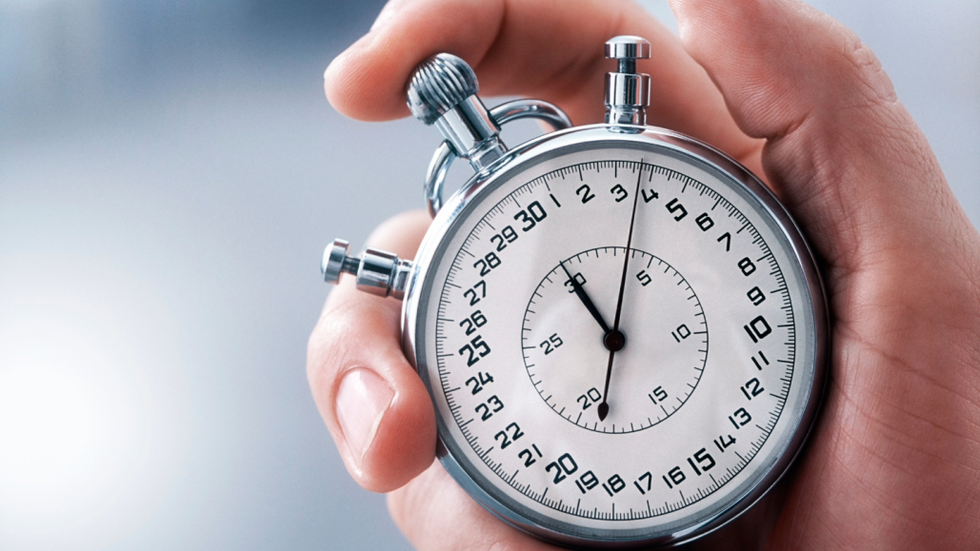
About Leap Second:
- It is used as a measure to combat the long-term slowdown in the Earth’s rotation which is caused by the constant melting and refreezing of ice caps.
- It is added every now and then to Coordinated Universal Time (UTC) in order to synchronize a clock worldwide with the Earth’s ever slowing rotation.
- UTC consists of a time scale that combines the output of more than 300 highly precise Atomic clocks worldwide. Atomic clocks are very accurate and are stable within 1 second over a period of millions of years.
- The system of leap seconds was introduced in the early 1970s. So far, 27 positive leap seconds have been added.
- On the other hand, the Astronomical Time known as Universal Time (UT1) refers to the Earth's rotation around its own axis and determines the length of a day.
- Reason for addition: The Earth's rotation around its own axis is not regular, as sometimes it speeds up and sometimes it slows down, due to various factors including the moon’s gravitational Earth-braking forces that often results in ocean tides.
- As a result, Astronomical Time (UT1) gradually falls out of sync with Atomic time (UTC), and as and when the difference between UTC and UT1 approaches 0.9 seconds, a “Leap Second” is added to UTC through Atomic clocks worldwide.
- A leap second is normally inserted either on June 30 or December 31.
What is Negative Leap second?
- It is a second that is subtracted from our clocks to keep them in sync with the Earth's rotation.
- Till date no negative leap second was introduced because, in the last few decades the Earth's rotation has generally been a bit slow
- The International Earth Rotation and Reference Systems Service (IERS) monitors the Earth's rotation, and takes decisions on when to add or subtract a leap second.
- Since Earth is spinning faster than usual recently, timekeepers had thought of using negative leap seconds for the first time.
- In other words, they thought of subtracting leap seconds from our clocks to synchronise them with Earth's rotation.
2. What is Zero FIR?
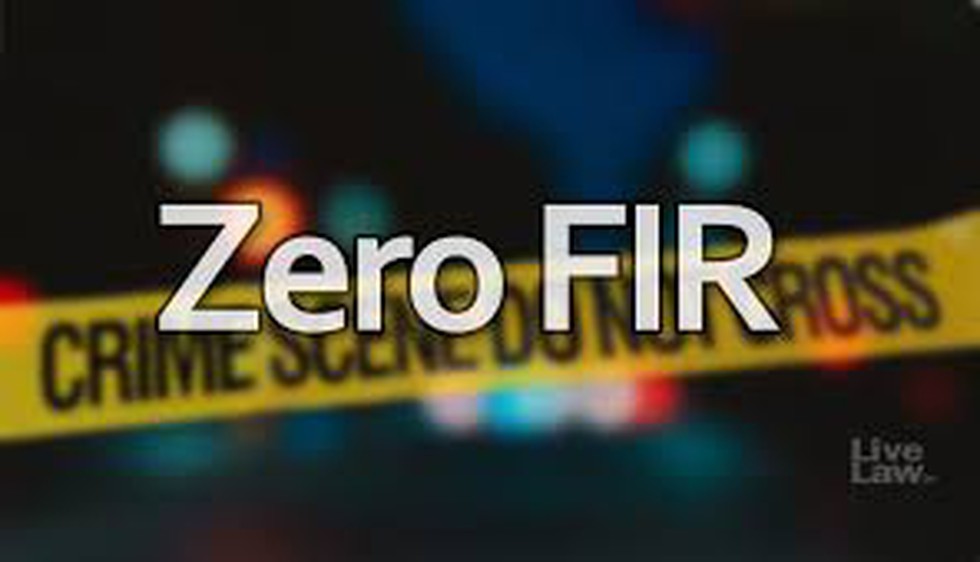
About Zero FIR:
- It refers to a First Investigation Report (FIR) that is registered irrespective of the area where the offense is committed. The police in such a case can no longer claim that they have no jurisdiction. It is later transferred to the police station that has the actual jurisdiction so that the investigation can begin.
- It was introduced on the recommendation of the Justice Verma Committee formed at the backdrop of the brutal Nirbhaya gang rape in Delhi in 2012.
- This puts a legal obligation on the police to begin an investigation and take quick action without the excuse of the absence of jurisdiction.
- Objective: It is to ensure the victim doesn’t have to run from pillar to post to get a police complaint registered. The provision is meant to provide speedy redressal to the victim so that timely action can be taken after the filing of the FIR.
What is an FIR?
- It is information recorded by a police officer on duty given either by the aggrieved person or any other person to the commission of an alleged offence.
- It is not defined in the Indian Penal Code (IPC), Code of Criminal Procedure (CrPC), 1973, or in any other law.
- In police regulations or rules, information recorded under Section 154 of CrPC is known as First Information Report (FIR).
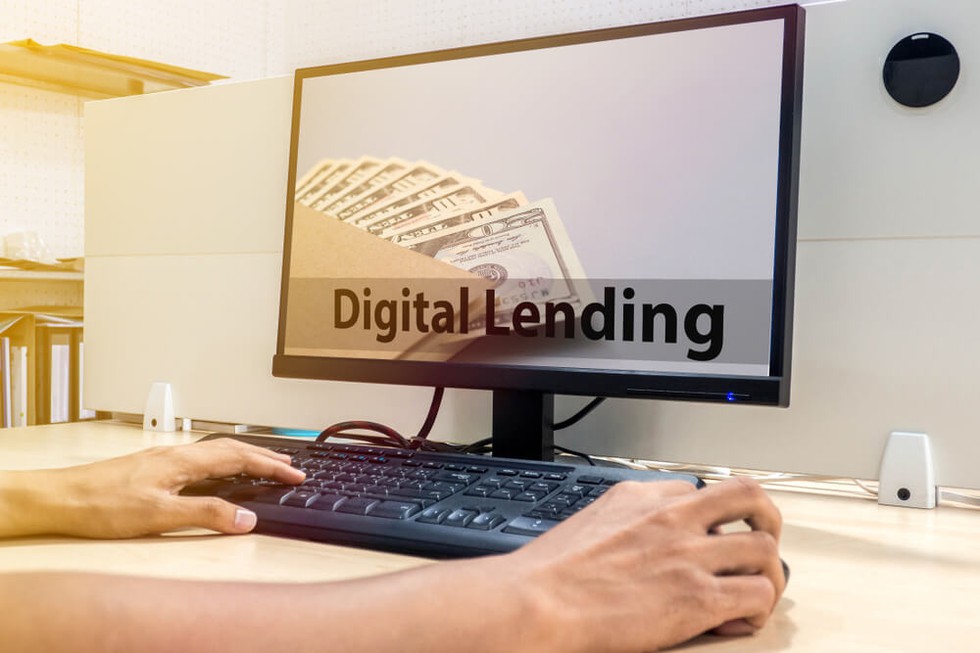
About Digital India Trust Agency:
- It will be responsible for stopping illegal lending apps from popping up. It will enable the verification of these digital lending apps and will maintain a public register of these verified applications.
- Any app which will not carry the “verified” tag of DIGITA, will be considered unauthorised.
- Significance: This will create an important and much-needed checkpoint in the fight against online financial fraud.
What is digital lending?
- It is a remote and automated lending process, largely by use of seamless digital technologies. It generally involves three parties – a lender, a lending service provider (including a digital lending platform) and a borrower.
- It involves lending through web platforms or mobile apps, utilising technology in customer acquisition, credit assessment, loan approval, disbursement, recovery and associated customer service.
- It includes products like Buy Now, Pay Later (BNPL), which is a financing option (or simply a short-term loan product). It allows one to buy a product or avail a service without having to worry about paying for it immediately.
4. What is Ozone?
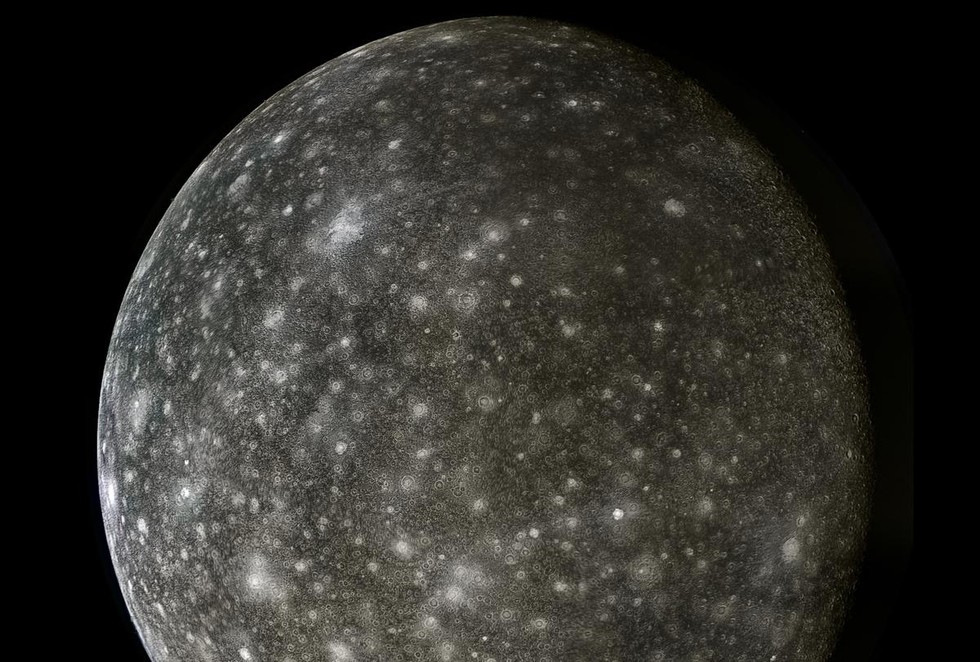
About Ozone:
- It is a gas composed of three atoms of oxygen. It is both a natural and a man-made product that occurs in the Earth's upper atmosphere (Stratospheric ozone) and lower atmosphere (the troposphere).
- Stratospheric ozone is formed naturally through the interaction of solar ultraviolet (UV) radiation with molecular oxygen (O2).
- The "ozone layer," approximately 6 to 30 miles above the Earth's surface, reduces the amount of harmful UV radiation reaching the Earth's surface.
Key facts about Callisto:
- It is one of Jupiter’s largest moons and the third-largest moon in the Solar System after Ganymede and Titan.
- Composition: It is primarily composed of water ice, rocky materials, sulphur dioxide, and some organic compounds. These substances make the moon a potential candidate for supporting life in the Solar System beyond the earth.
- Its surface is heavily cratered, indicating a long history of being struck by asteroids and comets. It also lacks the extensive seismic activity seen on some of Jupiter’s other moons, such as Io and Europa.
5. India Meteorological Department
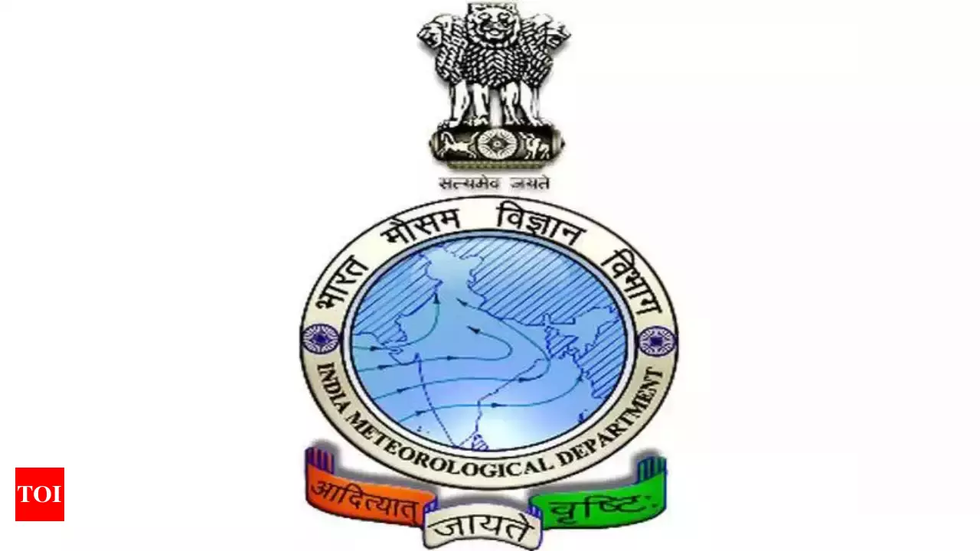
About India Meteorological Department:
- It was established in 1875. It is the National Meteorological Service of the country and the principal government agency in all matters relating to meteorology and allied subjects. The Director General of Meteorology is the Head of this organization.
- There are 6 Regional Meteorological Centres, each under a Deputy Director General with headquarters at Mumbai, Chennai, New Delhi, Calcutta, Nagpur and Guwahati.
- Mandate:
- To take meteorological observations and to provide current and forecast meteorological information for optimum operation of weather-sensitive activities like agriculture, irrigation, shipping, aviation, offshore oil explorations, etc.
- To warn against severe weather phenomena like tropical cyclones, norwesters, duststorms, heavy rains and snow, cold and heat waves, etc., which cause destruction of life and property.
- To provide meteorological statistics required for agriculture, water resource management, industries, oil exploration and other nation-building activities.
- To conduct and promote research in meteorology and allied disciplines.
- Nodal ministry: Ministry of Earth Sciences (MoES)
- Headquarter: New Delhi.
6. Sixth Schedule of the Indian Constitution
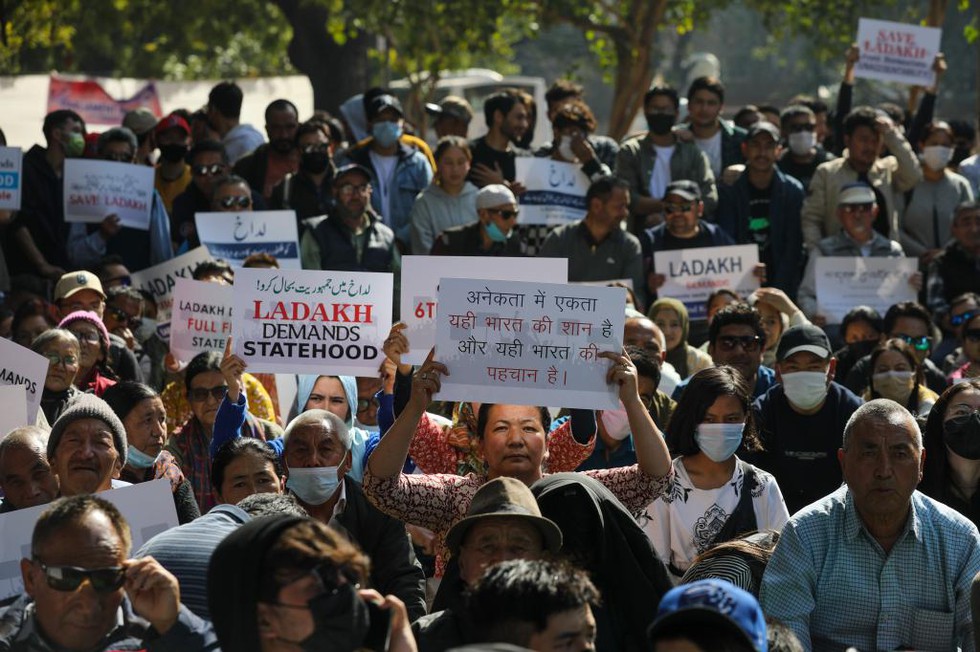
About Sixth Schedule of the Indian Constitution:
- It provides autonomous powers in terms of administration of tribal areas in Assam, Meghalaya, Tripura, and Mizoram. Its provisions are present in Articles 244(2) and 275(1) of the Indian Constitution.
- District Councils and Regional Councils:
- The tribal areas in the four states of Assam, Meghalaya, Tripura, and Mizoram are to be administered as Autonomous Districts.
- If there are different Scheduled Tribes in an autonomous district, the Governor can divide the district inhabited by them into Autonomous Regions.
- The Governor is empowered to organize and reorganize the autonomous districts. He can also increase, decrease the boundaries, or alter the name of any autonomous district. There are presently three ADCs in Assam, Mizoram and Meghalaya, respectively, while Tripura has one.
- According to the Sixth Schedule, each autonomous district will have a District Council with a maximum of 30 members, of whom not more than four persons shall be nominated by the Governor, and the rest shall be elected on the basis of adult suffrage.
- There shall be a separate Regional Council for each area constituted as an autonomous region.
- The Governor will also decide the rules of the District Councils and Regional Councils in consultation with the existing tribal councils or other representative tribal organisations within the autonomous districts or regions concerned.
- Powers:
- Both councils can make laws related to the occupation, allotment, and use of lands other than any land which is a reserved forest.
- They can also make laws regarding the management of non-reserve forests, the use of canals or another water source for agriculture, the regulation of jhum and other forms of cultivation, the formation of village or town councils and those related to their administration, the inheritance of property, and social customs.
- These councils are also empowered to make laws for the regulation and control of money-lending or trading by any person other than Scheduled Tribe residents in that Scheduled District.
- Both councils have other legislative, executive, judicial and financial powers, but they vary from one state to another. However, the laws they make should receive the Governor’s assent.
- These Councils are empowered to assess and collect land revenue and impose taxes on professions, trades, animals, vehicles, etc.
- The Councils are given the power to grant licenses or leases for the extraction of minerals within their jurisdiction.
- They are given the power to establish, construct, or manage primary schools, dispensaries, markets, cattle ponds, fisheries, roads, road transport, and waterways in the districts.
- To autonomous districts and autonomous regions, the acts of Parliament or the state legislature do not apply or apply with specified modifications and exceptions.
- Administration of justice in autonomous districts and autonomous regions:
- The District and Regional Councils are empowered to constitute Village and District Council Courts for the trial of suits and cases where all parties to the dispute belong to Scheduled Tribes within the district.
- The High Courts have jurisdiction over the suits and cases which are specified by the Governor.
- However, the Council Courts are not given the power to decide cases involving offenses punishable by death or imprisonment for five or more years.
- The Governor can appoint a commission to investigate and provide a report on any issue pertaining to the management of the autonomous districts or regions.
7. What is Voter Verifiable Paper Audit Trail (VVPAT)?
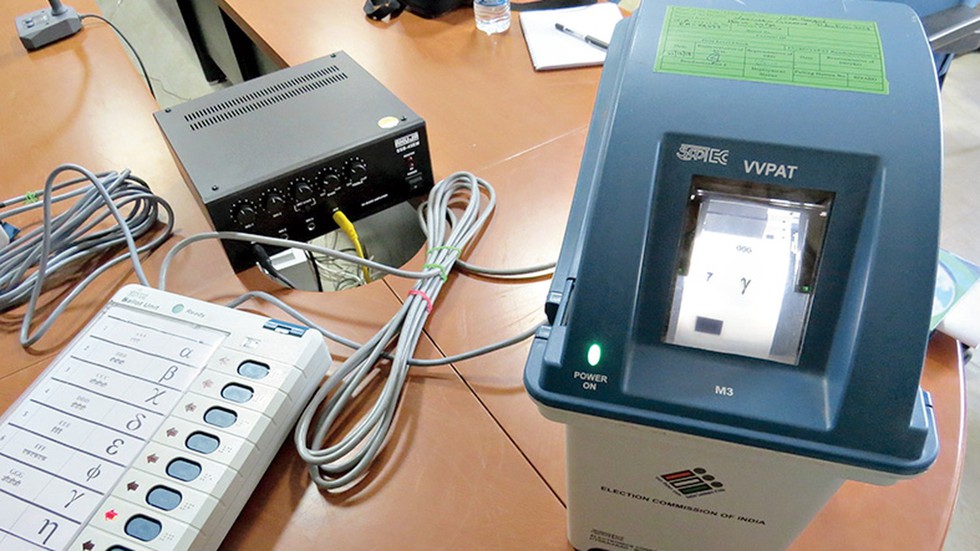
About Voter Verifiable Paper Audit Trail (VVPAT):
- It was first introduced in India in the 2014 Lok Sabha elections. It is an independent system that consists of two parts, namely, a VVPAT Printer and VVPAT Status Display Unit (VSDU) attached to the Electronic Voting Machines (EVMs), that allow the voters to verify that their votes are cast as intended.
- When a vote is cast, a slip is printed containing the serial number, name, and symbol of the candidate and remains exposed through a transparent window for 7 seconds. Thereafter, this printed slip automatically gets cut and falls into the sealed drop box of the VVPAT.
- How is VVPAT used for verification?
- The results of EVMs can be verified using the slips kept in the drop boxes of VVPAT machines. It can be accessed by the polling officials, but not by the voters.
- The paper slips are deemed to be more authoritative than EVM tallies in cases where VVPAT slips are utilised to verify votes.
- Voter verification, however, is only done in extreme circumstances, such as when there are accusations of fraud or miscalculation.
- The ECI has the authority to request that votes be verified using VVPAT slips in response to such complaints.
- At present, the VVPAT slips are counted in a randomly-selected polling station in each Assembly constituency or Parliamentary constituency, depending upon the nature of the elections being held.
- The ECI has clarified that EVMs and VVPATs are separate entities and are not connected to any network.
- These machines are developed by the Electronics Corporation of India Limited (ECIL) and Bharat Electronics Ltd (BEL).
8. What is SEBI Complaint Redress System (SCORES 2.0)?
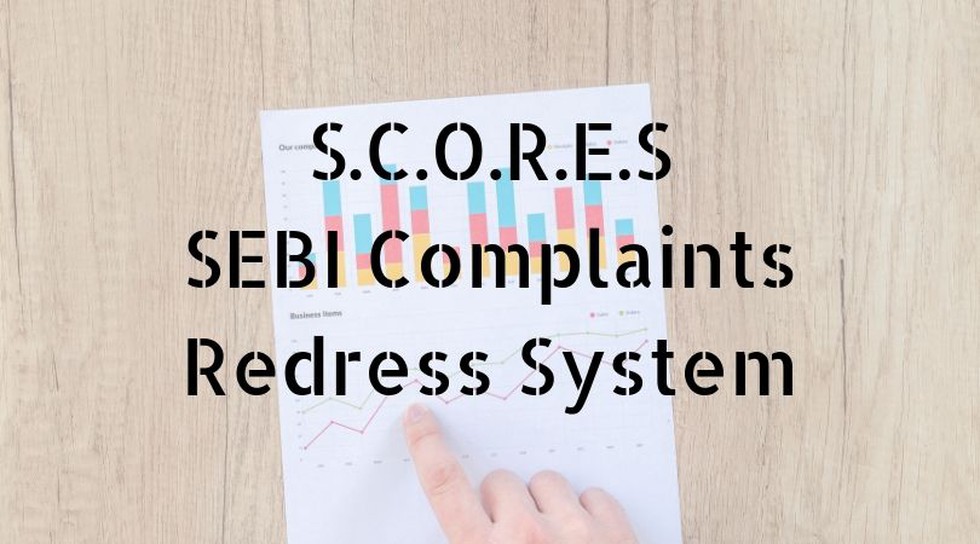
What is SCORES?
- It is a web-based centralized grievance redress system of SEBI launched in 2011. It enables investors to lodge and follow up on their complaints and track the status of redressal of such complaints online from anywhere.
- It enables market intermediaries and listed companies to receive complaints online from investors, redress such complaints, and report redressal online.
- An investor who is not familiar with SCORES or does not have access to SCORES can lodge complaints in physical form at any of the offices of SEBI.
- Such complaints would be scanned and also uploaded in SCORES for processing.
- What types of complaints can be registered in the SCORE portal?
- Complaints can be lodged on SCORES for any issues covered under the SEBI Act, Securities Contract Regulation Act, Depositories Act, and rules and regulations and provisions of the Companies Act, 2013.
- Entities against which complaints are handled by SEBI include:
- Listed companies / registrar & transfer agents
- Brokers / stock exchanges
- Depository participants / depository
- Mutual funds
- Portfolio Managers
- Other entities (KYC Collective investment scheme, Merchant banker, Credit rating, Foreign institutional investor etc)
Key Features of SCORES 2.0:
- It will feature reduced and uniform timelines for redressal of investor complaints, which is 21 calendar days from the date of receipt of the complaint.
- An auto-routing of complaints to the concerned regulated entity will be facilitated to eliminate time lapses, if any, in the flow of complaints.
- Designated bodies will have to monitor the timely redressal of investors’ complaints.
- There will be two levels of review. The first review will be by the ‘designated body’ if the investor is dissatisfied with the resolution provided by the concerned regulated entity. The second review will be by SEBI if the investor is still dissatisfied after the first review.
- If there is non-adherence to the prescribed timelines by the regulated entity, then there would be auto-escalation of the complaint to the next level.
- SCORES 2.0 will be integrated with the KYC Registration Agency database for easy registration of the investor on SCORES.
9. RBI Guidelines on Penal Charges on Loan Accounts
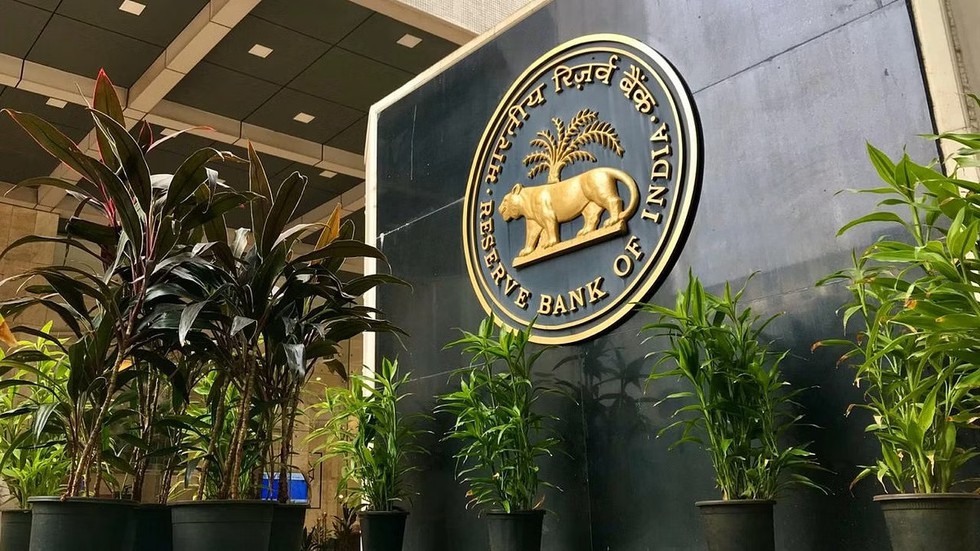
About RBI Guidelines on Penal Charges on Loan Accounts:
- The norms prohibit commercial banks and finance companies from charging borrowers’ penal rates on loan defaults or any other non-compliance event.
- Under the new rules, penalty, if charged, for non-compliance of the material terms and conditions of the loan contract by the borrower should be treated as ‘penal charges.
- It cannot be levied in the form of ‘penal interest’ that is added to the rate of interest charged on the advances.
- There should be no capitalisation of penal charges; that is no further interest computed on such charges.
- The material terms and conditions will be defined as per the credit policy of the bank, and they may vary from one category of loan to another, and from bank to bank based on their own assessment.
- There is no upper limit or cap for penal charges. However, the guidelines stipulated that the quantum of penal charges would be reasonable and commensurate with the non-compliance without being discriminatory within a particular loan category.
- The guidelines had also mentioned that the penal charges in the case of loans sanctioned to individual borrowers for purposes other than business will not be higher than the penal charges applicable to non-individual borrowers for similar non-compliance.
- Also, in order to prevent banks from imposing arbitrary rates of interest, they are meant to follow a board approved policy on penal charges on similar charges on loans.
- These guidelines will not apply to credit cards, which are covered under product specific directions.
- The key rationale of the guidelines was that the intent of levying penal charges is meant to inculcate a sense of credit discipline and such charges are not meant to be used as a revenue enhancement tool over and above the contracted rate of interest.
10. What is Bridge Fuel?
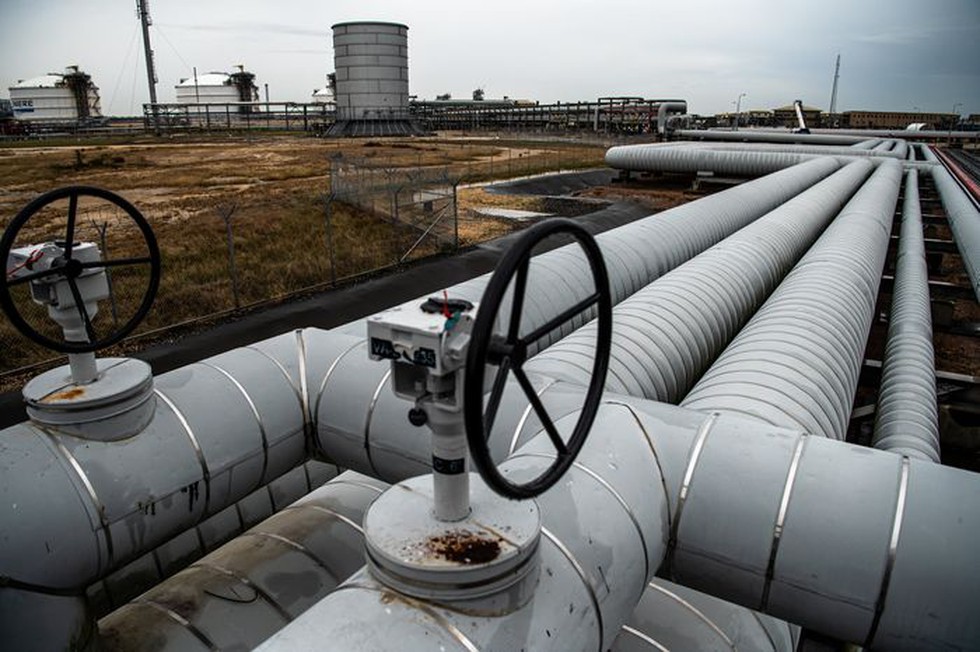
About Bridge Fuel:
- Bridge fuel is a commonly-used term for a fuel that will power society with the least environmental cost while we deploy non-polluting, renewable energy.
- The goal of using a bridge fuel is to replace the bulk of today’s fossil-fuel-dependent energy sources as we transition to a cleaner and more renewable energy economy that is free of greenhouse gas emissions.
- Many people consider natural gas a bridge fuel because it produces less greenhouse gas during the combustion process.
- However, additional considerations for a bridge fuel include whether it increases national energy independence while reducing pollution-related costs.
Key Facts about Natural Gas:
- Natural gas is a fossil fuel and a nonrenewable resource. It is a mixture of gases which are rich in hydrocarbons.
- It is a colorless and odorless gas composed of 70-90% methane (CH4). Its other ingredients include ethane (C2 H6) and propane (C3 H8).
- Possible impurities include carbon dioxide (CO2), hydrogen sulfide (H2S) and nitrogen (N).
- How did natural gas form?
- Millions to hundreds of millions of years ago, the remains of plants and animals (such as diatoms) built up in thick layers on the earth’s surface and ocean floors, sometimes mixed with sand, silt, and calcium carbonate. Over time, these layers were buried under sand, silt, and rock.
- Pressure and heat changed some of this carbon- and hydrogen-rich material into coal, some into oil (petroleum) and some into natural gas.
- Natural gas reserves are deep inside the earth, near other solid and liquid hydrocarbon beds like coal and crude oil.
- Uses:
- It is not used in its pure form; it is processed and converted into cleaner fuel for consumption.
- Many by-products are extracted while processing natural gas, like propane, ethane, butane, carbon dioxide, nitrogen, etc, which can be further used.
- It is mainly used as a fuel for generating electricity and heat. Natural gas in compressed form is used as fuel for vehicles, which is known as CNG.
- It is used as fuel for boilers and air conditioners It is also used for making fertilizers also, mainly ammonia.
- It is not used in its pure form; it is processed and converted into cleaner fuel for consumption.
- Hailed as a cleaner energy source than other fossil fuels, especially coal, natural gas has a lesser climate impact than coal because it emits 50 percent less CO2 into the atmosphere.


























































































































































.png)
.png)
.png)
.png)
.png)


.png)
.png)
.png)





.png)
.png)






.png)
.png)
.png)
.png)
.png)
.png)
.png)
.png)
.png)

.png)







.png)
.png)


.png)
.png)
.png)


.png)

.png)
.png)





.jpg)

.png)
.png)


.png)

.png)
.png)
.png)

.jpg)

.jpg)


.png)

.png)
.png)
.png)
.png)
.png)
.png)
.png)
.png)
.png)
.png)




.png)

.png)





.png)
.png)
.png)
.png)
.png)
.png)
.png)
.png)
.png)
.png)
.jpg)
.jpg)

.png)
.png)
.png)
.png)
.png)
.png)
.png)
.png)
.png)
.png)
.png)
.png)
.png)
.png)
.png)
.png)
.png)
.png)
.png)
.png)
.png)
.png)



.png)
.png)

.jpg)
.jpg)


.jpg)
.jpg)
.jpg)
.jpg)
.jpg)

.jpg)








.jpg)
.jpg)
.jpg)
.jpg)
.jpg)

















.jpg)
.jpg)







.jpg)


















.jpg)
.jpg)






























































































.jpg)
.jpg)


























.jpg)

.jpg)










.jpg)








.jpg)




.jpg)










.jpg)


















.jpg)












































.jpg)














.jpg)
.jpg)
.jpg)





.jpg)

.jpg)
.jpg)





































































.jpg)


































.jpg)
.jpg)
















































.jpg)












.jpg)


.jpg)




.jpg)
.jpg)
.jpg)

.jpg)
.jpg)
.jpg)
.jpg)

.jpg)
.jpg)
.jpg)

.jpg)
.jpg)
.jpg)
.jpg)
.jpg)
.jpg)
.jpg)
.jpg)

.jpg)


.jpg)
.jpg)
.jpg)
.jpg)
.jpg)
.jpg)
.jpg)
.jpg)
.jpg)
.jpg)











.jpg)
.jpg)





.jpg)
.jpg)
.jpg)
























.jpg)
























.jpg)









.jpg)
.jpg)







.jpg)
.jpg)









































.jpg)
.jpg)
.jpg)
.jpg)
.jpg)

.jpg)
.jpg)
.jpg)
.jpg)
.jpg)


.jpg)
.jpg)
.jpg)
.jpg)
.jpg)

.jpg)
.jpg)
.jpg)
.jpg)
.jpg)
.jpg)
.jpg)
.jpg)
.jpg)
.jpg)
.png)

.png)
.png)

.png)
.png)
.png)
.png)


.jpg)
.jpg)

.jpg)
.jpg)
.jpg)

.png)
.png)
.png)
.png)
.png)
.png)
.png)

.png)
.png)
.png)
.png)
.png)
.png)
.png)
.png)
.png)
.png)





































































-min.png)



.png)




.png)








































